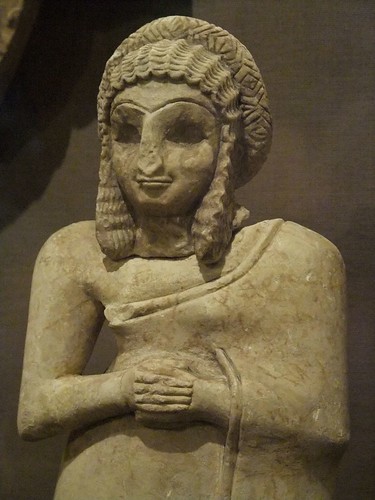Tiffany Birthday
-May 28, 1961
Appeal for Amnesty campaign launches
On this day in 1961, the British newspaper The London Observer publishes British lawyer Peter Benenson's article "The Forgotten Prisoners" on its front page, launching the Appeal for Amnesty 1961--a campaign calling for the release of all people imprisoned in various parts of the world because of the peaceful expression of their beliefs.
Benenson was inspired to write the appeal after reading an article about two Portuguese students who were jailed after raising their glasses in a toast to freedom in a public restaurant. At the time, Portugal was a dictatorship ruled by Antonio de Oliveira Salazar. Outraged, Benenson penned the Observer article making the case for the students' release and urging readers to write letters of protest to the Portuguese government. The article also drew attention to the variety of human rights violations taking place around the world, and coined the term "prisoners of conscience" to describe "any person who is physically restrained (by imprisonment or otherwise) from expressing…any opinion which he honestly holds and does not advocate or condone personal violence."
"The Forgotten Prisoners" was soon reprinted in newspapers across the globe, and Berenson's amnesty campaign received hundreds of offers of support. In July, delegates from Belgium, the United Kingdom, France, the United States, Germany, Ireland and Switzerland met to begin "a permanent international movement in defense of freedom of opinion and religion." The following year, this movement would officially become the human rights organization Amnesty International.
Amnesty International took its mandate from the United Nations Universal Declaration of Human Rights, which holds that all people have fundamental rights that transcend national, cultural, religious and ideological boundaries. By the 10th anniversary of the Appeal for Amnesty 1961, the organization it spawned numbered over 1,000 voluntary groups in 28 countries, with those figures rising steadily. In 1977, the organization received the Nobel Peace Prize.
Amnesty International owes much of its success in promoting human rights to its impartiality and its focus on individuals rather than political systems. Today, Amnesty International continues to work toward its goals of ensuring prompt and fair trials for all prisoners, ending torture and capital punishment and securing the release of "prisoners of conscience" around the globe
_____________________________________________________________________________________
________________________________

 Madison's Birthday!!
Madison's Birthday!!On this day in 1957, Althea Gibson claims the women's singles tennis title at Wimbledon and becomes the first African American to win a championship at London's All England Lawn Tennis and Croquet Club.
Gibson was born on August 25, 1927, in Silver, South Carolina, and raised in the Harlem section of New York City. She began playing tennis as a teenager and went on to win the national black women's championship twice. At a time when tennis was largely segregated, four-time U.S. Nationals winner Alice Marble advocated on Gibson's behalf and the 5'11" player was invited to make her U.S. Open debut in 1950. In 1956, Gibson's tennis career took off and she won the singles title at the French Open--the first African American to do so--as well as the doubles' title there. In July 1957, Gibson won Wimbledon, defeating Darlene Hard, 6-3, 6-2. (In 1975, Arthur Ashe became the first African-American man to win the men's singles title at Wimbledon, when he defeated Jimmy Connors.) In September 1957, she won the U.S. Open, and the Associated Press named her Female Athlete of the Year in 1957 and 1958. During the 1950s, Gibson won 56 singles and doubles titles, including 11 major titles.
After winning Wimbledon and the U.S. Open again in 1958, Gibson retired from amateur tennis. In 1960, she toured with the Harlem Globetrotters basketball team, playing exhibition tennis matches before their games. In 1964, Gibson joined the Ladies Professional Golf Association Tour, the first black woman to do so. The trailblazing athlete played pro golf until 1971, the same year in which she was voted into the National Lawn Tennis Association Hall of Fame.
After serving as New Jersey's commissioner of athletics from 1975 to 1985, Althea Gibson died at age 76 from respiratory failure on September 28, 2003 at a hospital in East Orange, New Jersey








